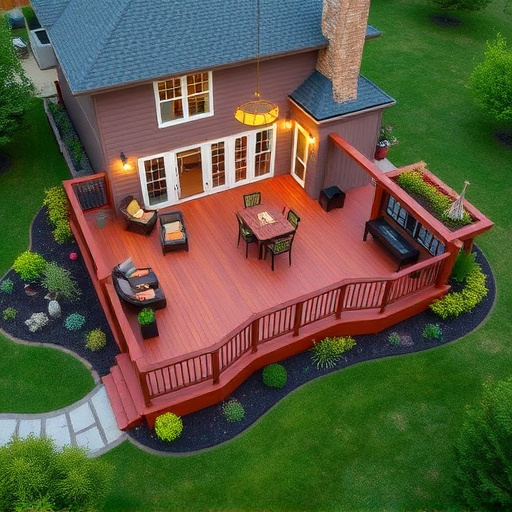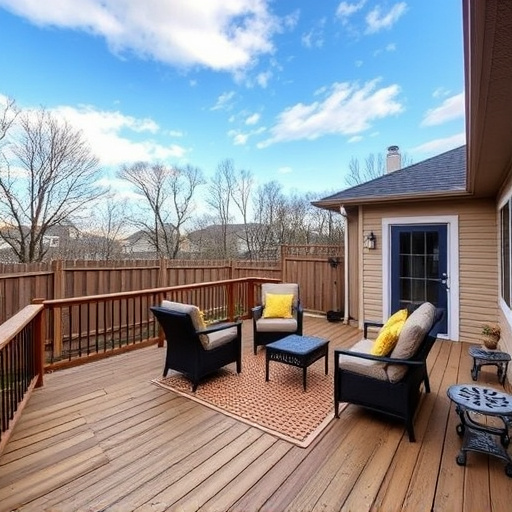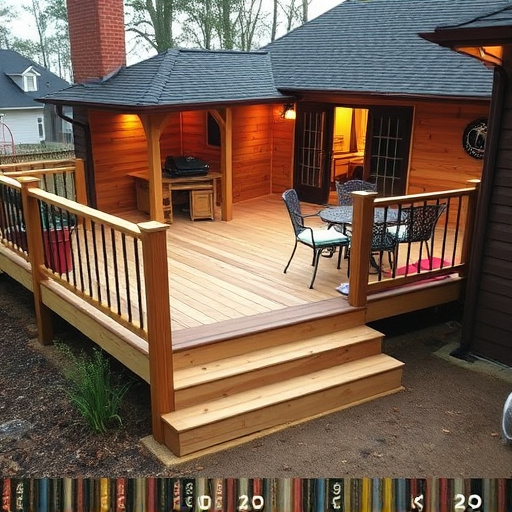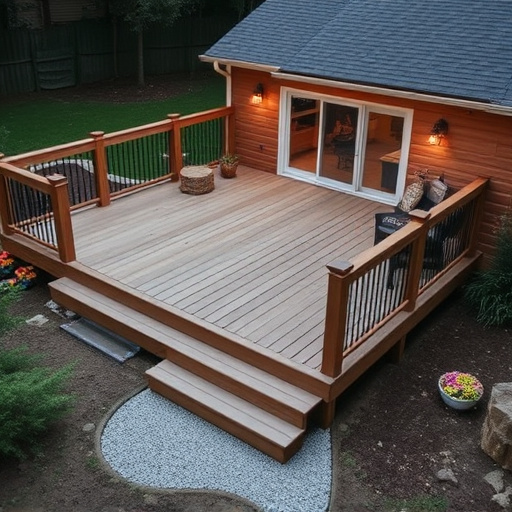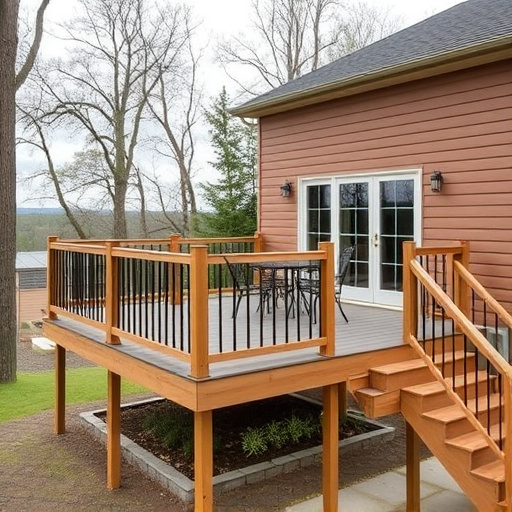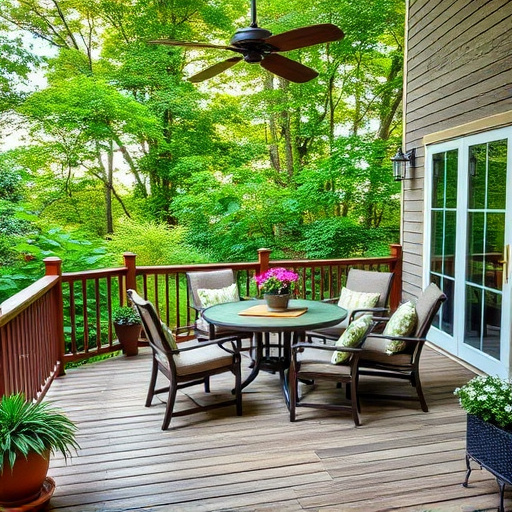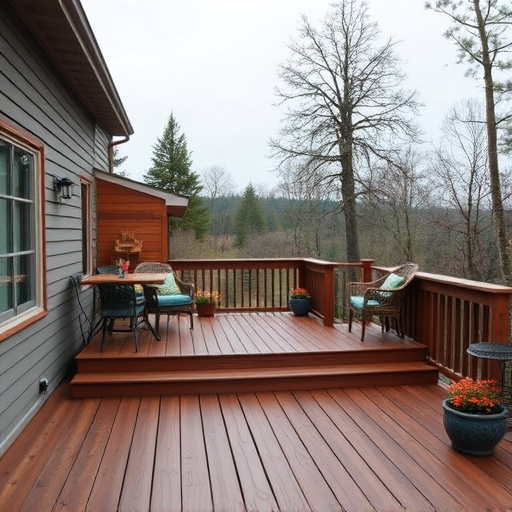Deck framing is essential for durable and attractive outdoor spaces, with material choices like wood or composite influencing structural integrity and longevity. Proper framing methods vary by decking material, aligning with local codes for stability in harsh climates or high-use areas. Professional services enhance functionality and aesthetics, ensuring decks serve as long-lasting focal points.
Deck framing is a critical component in creating durable and aesthetically pleasing outdoor living spaces. This essential structural framework supports various decking surface types, from wooden planks to composite materials. In this article, we’ll guide you through the basics of deck framing, explore material choices for enhanced durability, and provide insights on installing different decking surfaces. Understanding these aspects ensures a robust and visually appealing deck that elevates your outdoor experience.
- Understanding Deck Framing Basics
- Material Choices for Durability
- Installing Different Decking Surfaces
Understanding Deck Framing Basics
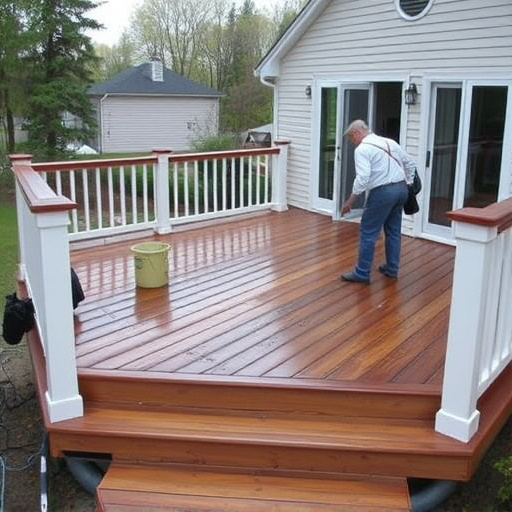
Deck framing forms the structural backbone of any outdoor decking project, providing a solid foundation for various surface types. It involves creating a robust framework that supports the weight of the deck and ensures its longevity. The basics revolve around understanding the type of load the deck will bear, from foot traffic to heavy furniture, and choosing the appropriate materials like wood, metal, or composite. Proper framing also incorporates considerations for environmental factors such as moisture and pests, which can impact the durability of both decking and supporting structures.
The design process begins with measuring and planning the deck’s layout, accounting for any local building codes and regulations. This includes determining the spacing between support beams, known as joist spacing, which is crucial for structural integrity. Once the framing plan is in place, installing the sides and gutters becomes part of the construction process, ensuring water runoff is managed effectively. Professional roofing services often play a role in deck framing, especially when incorporating overhead elements like shaded areas or roofed decks, enhancing the overall functionality and appeal of outdoor living spaces.
Material Choices for Durability
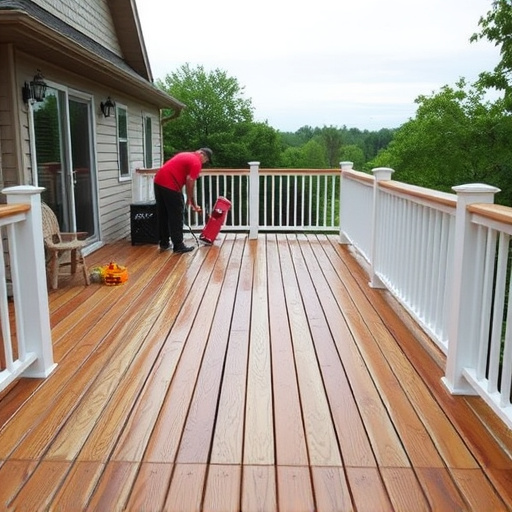
When selecting materials for deck framing, durability is paramount to ensure your decking surface lasts for years to come. Traditional wood framing has long been the go-to choice due to its cost-effectiveness and natural aesthetics. However, advancements in technology have introduced composite materials that offer superior longevity against rot, insects, and harsh weather conditions. These modern options mimic the look of wood while providing enhanced structural integrity, making them ideal for various decking types.
Choosing the right framing material directly impacts the overall durability of your deck. For areas prone to extreme climates or heavy foot traffic, opting for high-quality composite or treated lumber is a wise decision. Home exterior services professionals often recommend these materials for exterior home improvements, including roof replacement projects, as they require less maintenance and can withstand significant wear and tear, ensuring your deck remains a functional and attractive addition to your property.
Installing Different Decking Surfaces
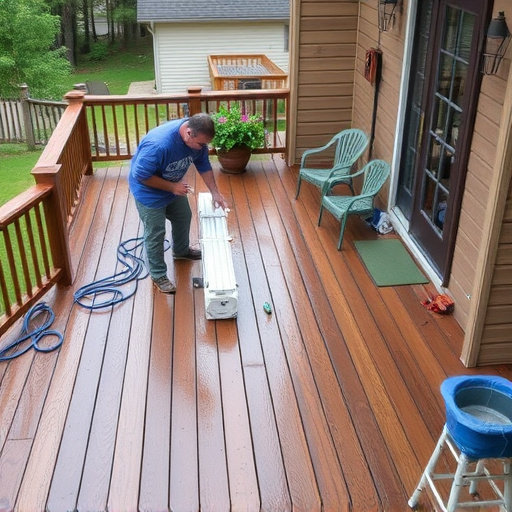
When it comes to installing different decking surfaces, proper deck framing is the foundation for a durable and aesthetically pleasing outdoor space. The type of framing chosen largely depends on the specific decking material—from wood to composite or tile—and each has its unique requirements. For example, wooden decks often rely on traditional post-and-beam construction, while concrete or tile decks may utilize a more robust metal framework.
For homeowners undertaking deck replacements or new installations, understanding these variations is crucial. In areas prone to storm damage, for instance, siding installation using resilient materials and reinforced framing can protect against the elements. In residential siding projects, ensuring the deck framing aligns with local building codes and incorporates appropriate structural support is essential for long-term stability.
Deck framing forms the structural backbone, enabling the installation of various decking surface types. By understanding basic framing concepts, choosing durable materials, and mastering different surface applications, you can create a strong, versatile outdoor living space that enhances your property’s value. Deck framing is both an art and a science, offering endless possibilities for customization and design.








